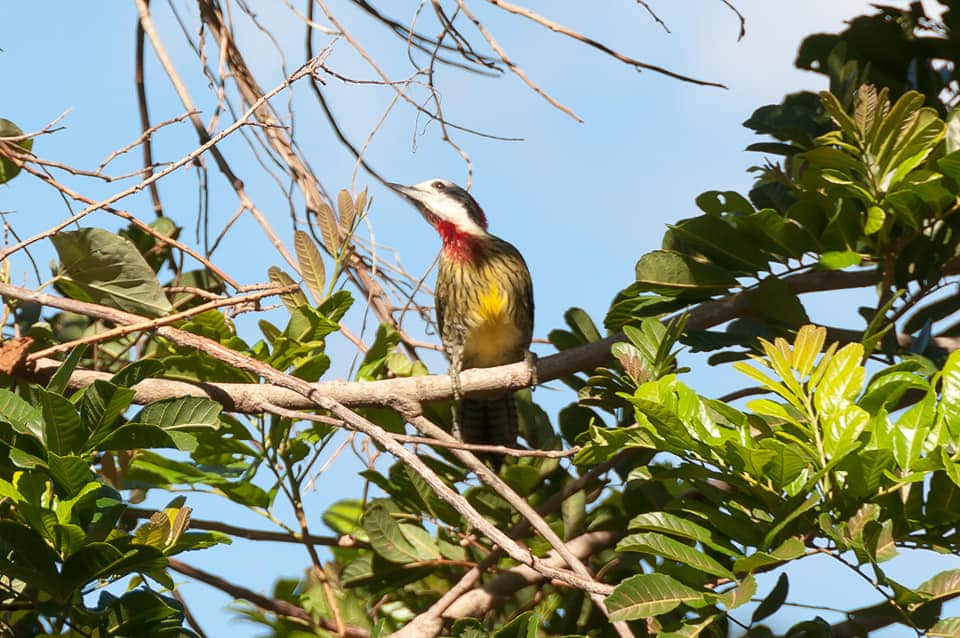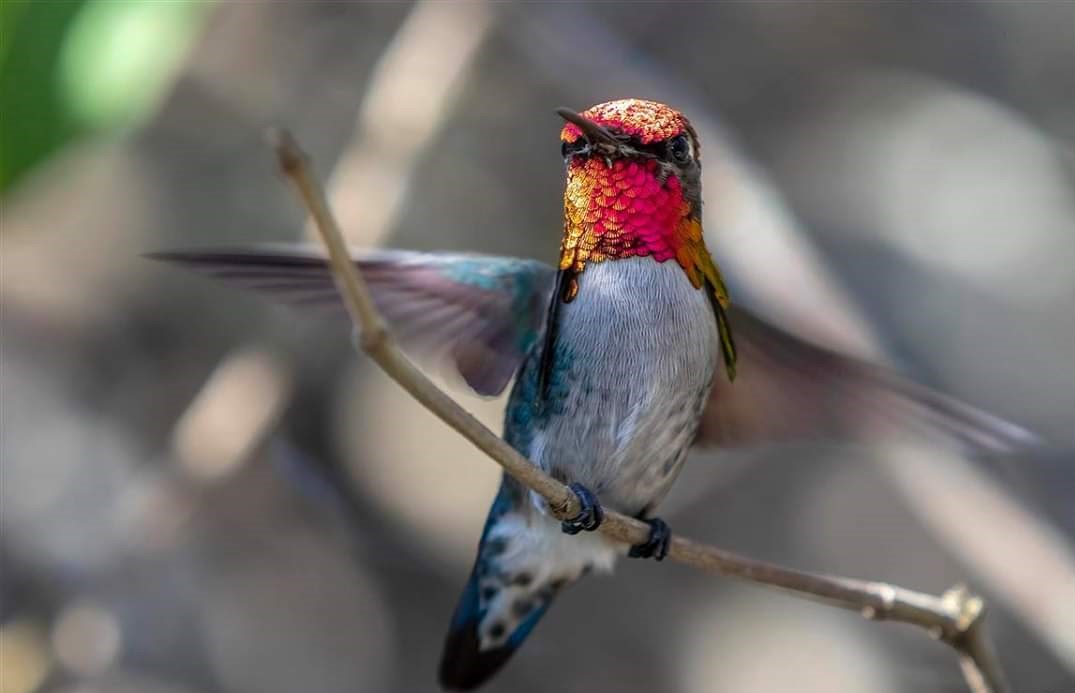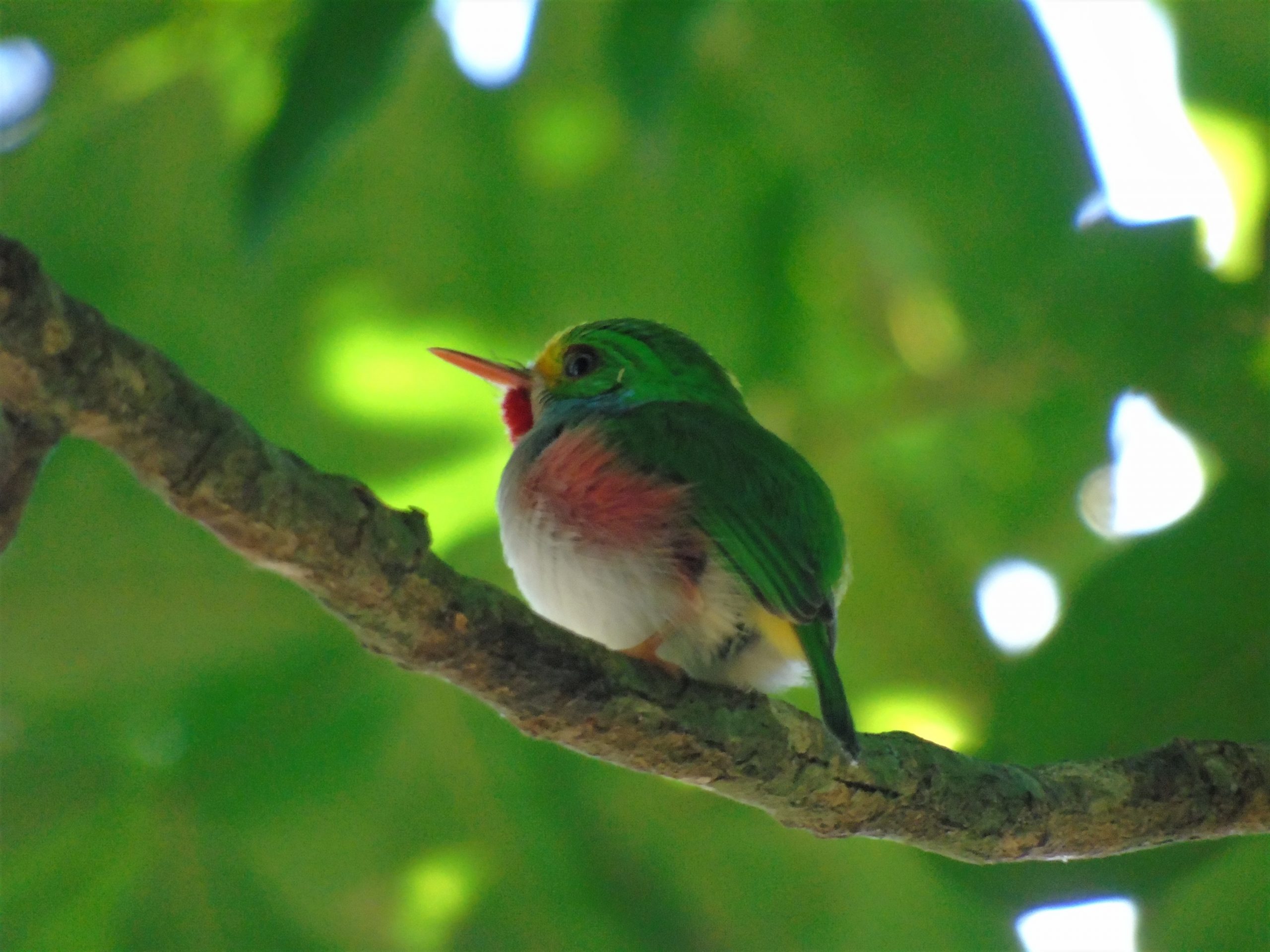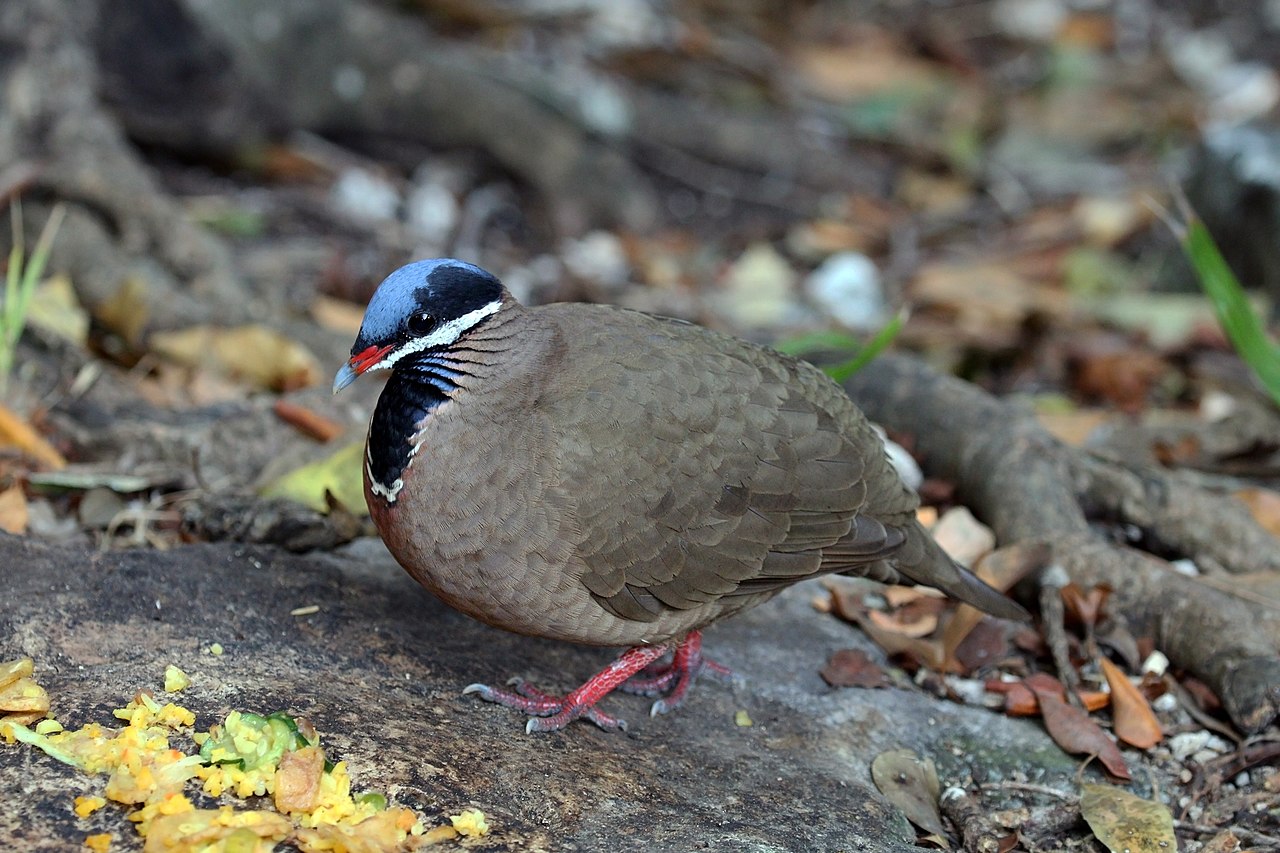Did I mention Cuba has amazing birdlife? The birds in this blog are just so vibrant and colourful, nearly as much so as the old classic cars… and they are just as special if not more so
Cuban Green Woodpecker (Xiphidiopicus percussus)
It is a gorgeous little one… with green upperparts and yellow breast/belly, red crown and a beautiful pattern to make it stand out from the crowd. Perhaps the most common woodpecker in Cuba and can be found in natural forests. It loves dead wood, and dying trees, where it excavates its nest. Munches on insects, spiders and scorpions with some fruit and occasionally some nectar for dessert. Its size and coloration depends on its location. Ladies are always much smaller than the guys.

Yellow-headed Warbler (aka Teretistris fernandinae)
It lives in the extreme western part of Cuba. Lives in forests and wooded areas and loves eating insects, and may be even some small lizards.
The Bee Hummingbird (Zunzuncito, Mellisuga helenae)
It is tiny! So if you ask me, just like bees, this baby defies the odds every day with its size being about as big as a 10 cent piece. Or in metrics – Females weigh 2.6 g (0.092 oz) and are 6.1 cm (2.4 in) long, and are slightly larger than males, with an average weight of 1.95 g (0.069 oz) and length of 5.5 cm (2.2 in)
They come in amazing colours, makes them look like a flying jewel. And although they are tiny, they tend to steel the lime light and one of the main reasons why birdwatchers visit Cuba!

Fernandina’s Flicker
The rarest woodpecker in Cuba, the Fernandina’s Flicker. The largest Woodpecker in Cuba, and the only one without any red coloring. Instead it has a yellowish-brown, finely barred black with cinnamon hue on the head and yellow underwing and tail. Usually it likes its own company except for in mating season when it hangs out with its mate and may even group in a colony of up to 15 couples. (small group tours cuba)
Loves to forage on the ground of marshy sites and open forests. It feasts on ants and insect larvae, and may be even some fruits and seeds. It likes to build it’s nest in palms or dead soft trees, and uses it for several years.
Will observe this beauty at Soroa and at Bremejas.

It is our favourite. I mean look at it! Isn’t it gorgeous?
It’s tiny, no bigger than 2 inches long, with an abnormally big head, long bill and short tail creating its unique look. In fact there are no others like this one!
They tend to travel in pairs. And would you believe that this baby is a hunter? Yup, it usually hunts from low-to-middle level perches, sitting nearly still before leaping upwards to snatch prey from twigs and leaves

Cuban Trogon aka Tocororo
It got its name due to the call that it makes, (or by its technical term Priotelus temnurus).
It is an endemic in Cuba and this beauty is our national bird. Why, you may ask? Because its colors represent the Cuban flag. It also has a strong sense of freedom, like Cuban people. It does not take to being trapped in a cage at all.
You will see this bird all around the island, although their preference are forests. It loves taking over the woodpecker nests and feed on flowers, insects and fruits.

The blue-headed quail-dove (Starnoenas cyanocephala)
This bird may not be as colourful as the other endemics we looked at to date. It is still very special! Shy, secretive and one of the most beautiful dove with its cinnamon-brown body, bright blue crown, black eye stripe, white facial stripe. It looks as though it is wearing a mask.
Loves foraging on the forest floor for seeds, berries and snails in lowland forrest and swampy areas. Which is why we can see these beauties in the Zapata Swamp on our Birding Cuba Tours. It’s a sacred little one, and are considered endangered as their numbers have been declining over the years, with current population size being estimated only between 600-1700.
Birdwatching is an amazing past time and with so many species that you cannot see anywhere else in the world it is a unique experience in Cuba. Interested in learning more about Cuban birds? Download our Birding Guide


